This post is part of a series. Read the previous installment here.
Introduction
In the climax of the 2004 multiplatform game 007: Everything or Nothing (one of my favourite games of that era along with Nightfire), the villain Nikolai Diavolo unleashes a large amount of his Platinum Tanks on Red Square in Moscow. The supposed technological superiority of these vehicles is enough to sweep aside the Russian army, and indeed anything else opposing them (except for Bond in a stolen tank).
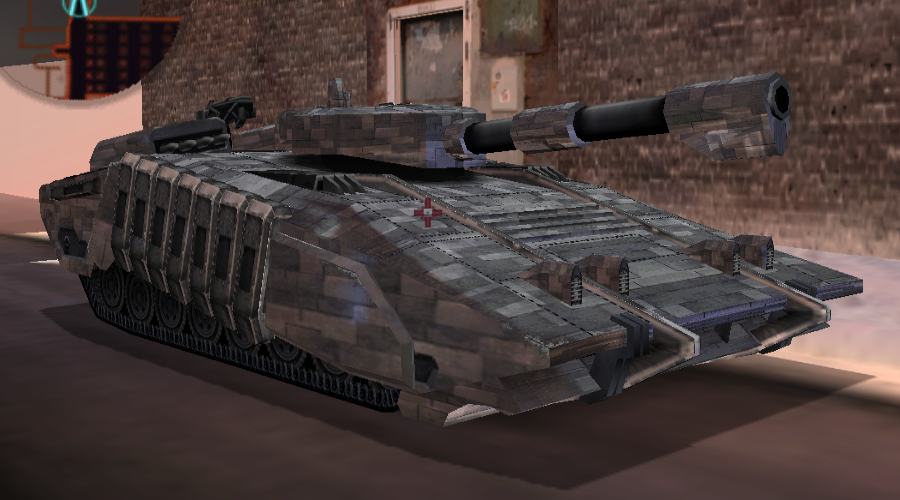
Here is the said Platinum Tank. Note the shiny metal (platinum) armour, and the sleek futuristic-looking design. Very swanky.
Now, in this post (just like all my other FTA instalments) I intend to look at the tank’s characteristics from a real-life standpoint with the purpose of answering a simple question – how would this tank fair in reality? Could it find itself a place on a modern battlefield? Lets find out.
Real-Life Inspirations
First things first, as usual, are what I consider some real-life inspirations for this tank. Or at least, vehicles that share a similar profile (and perhaps in that regard, a similar way of performing).
When I first saw the Platinum Tank, I instantly thought of the Swedish Strv 103. This tank is unique in that the gun does not possess any dedicated elevation or depression mechanisms – instead, a combination of physically rotating the tank (via neutral steering) and an intricate system of adjustable suspension is used to shift the hull up and down, achieveing gun depression and elevation. While the Platinum tank does not share that characteristic, the visual similarity is something I thought noteworthy.
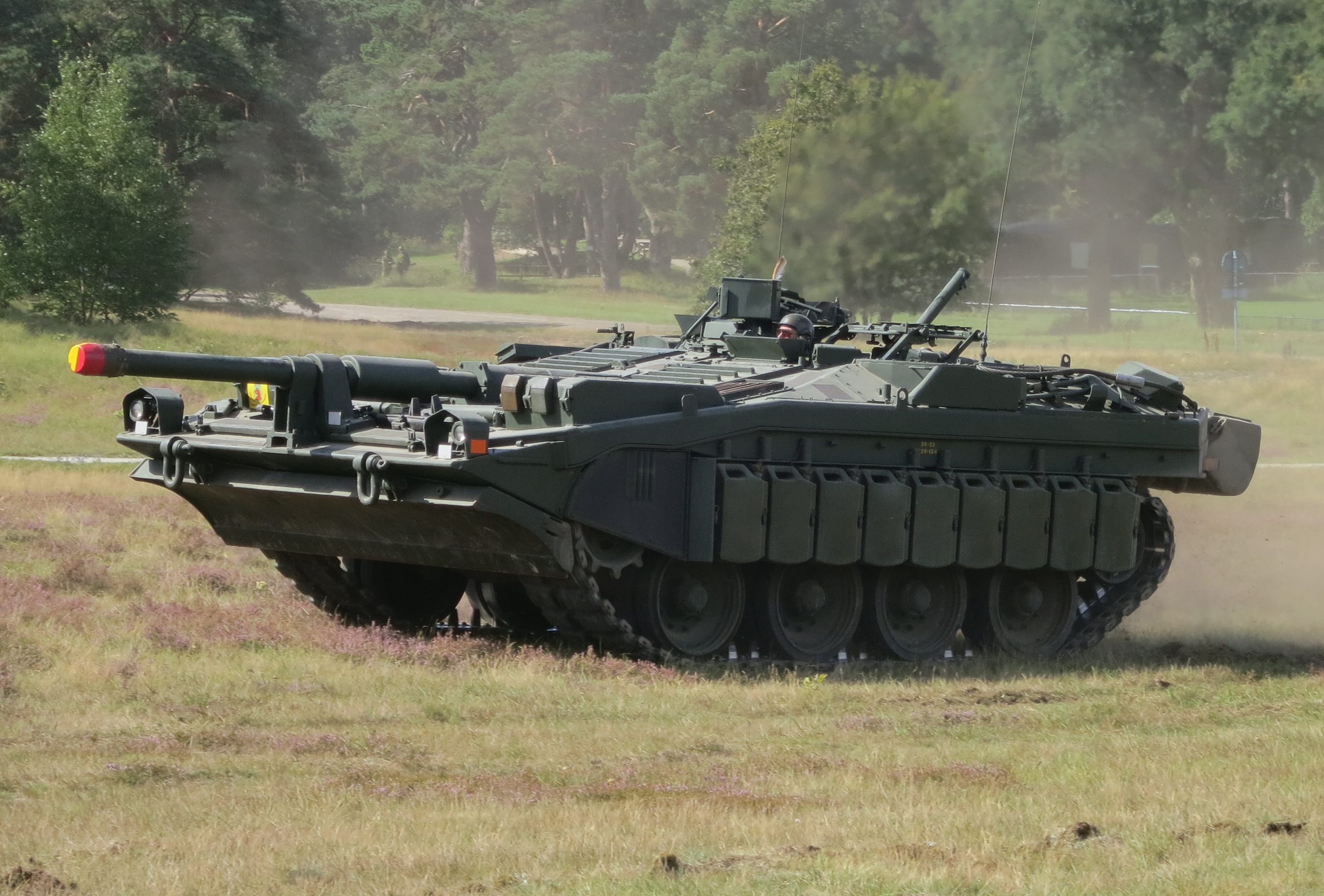
Next up, While not amazingly similar, the Israeli Merkava is in some ways akin to the Platinum tank. Perhaps it is the long sloping glacis plate, or the generally futuristic-looking nature of the tank as a whole that struck a chord with me.
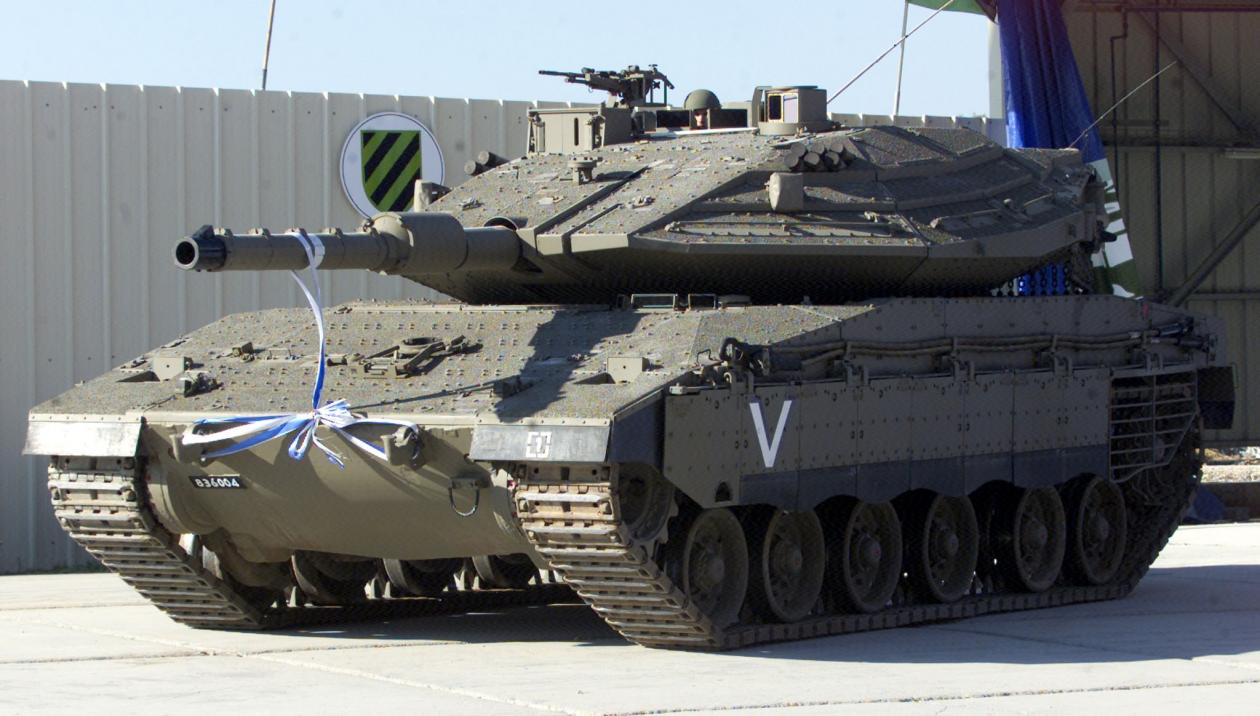
Of course, we also have the question of the Platinum Tank’s turret. Although it did not emerge to me as an option immediately, the Leopard II’s turret did strike me as visually similar (The Platinum tank’s turret albeit being a shrunk down version).
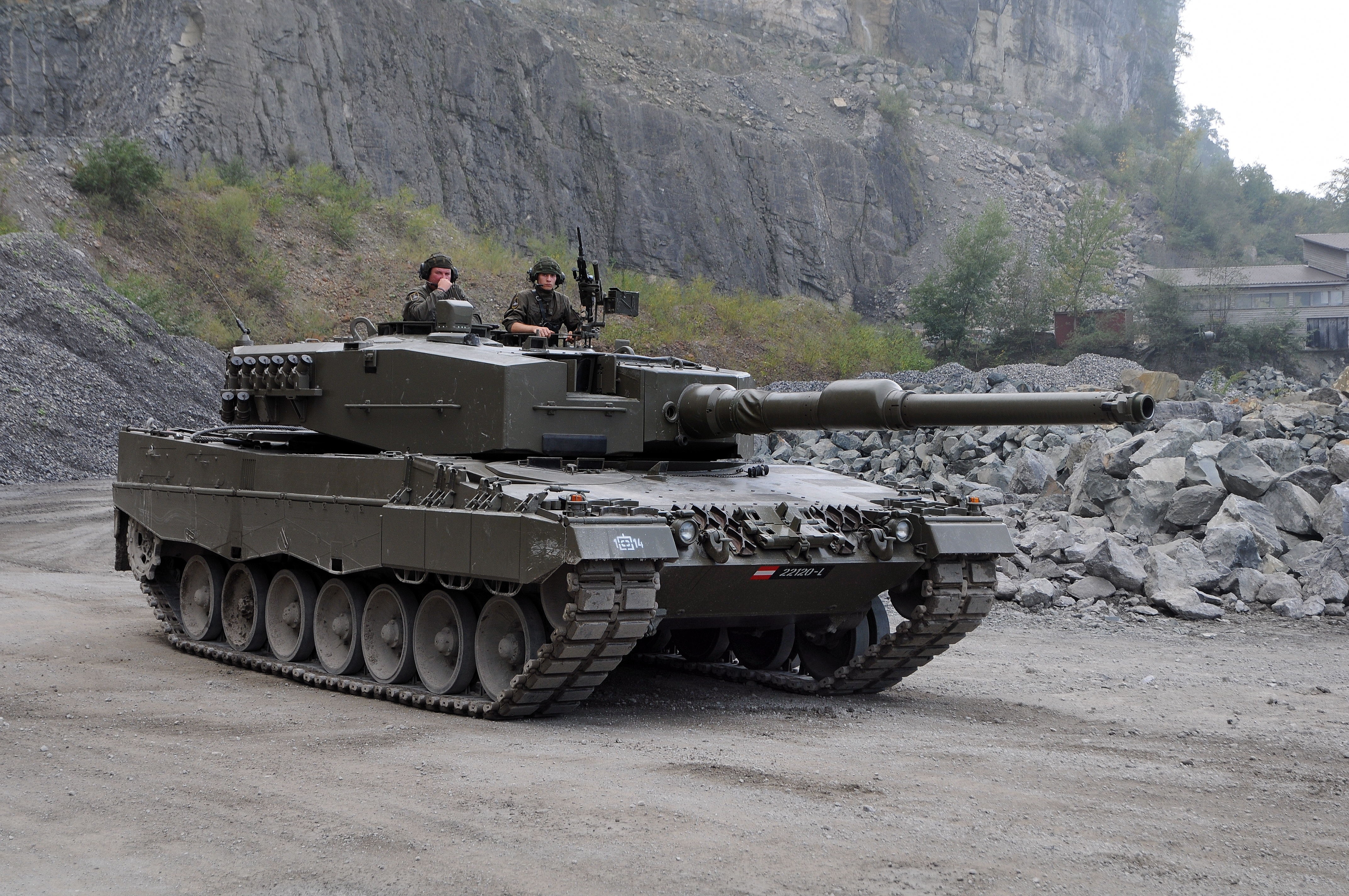
Given that the Strv 103 was replaced by the Leopard II in Swedish service, the other similarities I have noticed point towards the Platinum Tank being a dedicated MBT. Indeed, based on their performance in-game, the tanks are relatively fast, boast decently strong armament, and the protection of Platinum supposedly makes them ‘invincible’.
______________________________________________________________________________________________
Protection, Sustainability and Construction
Ingame, the Platinum Tank’s protection is probably one of its main strengths (that, and its advanced nanomachine-based weapon). The armour supposedly makes the tank ‘invincible’. It is obviously established that the material used is Platinum. But what is so special about Platinum that would give it this property?
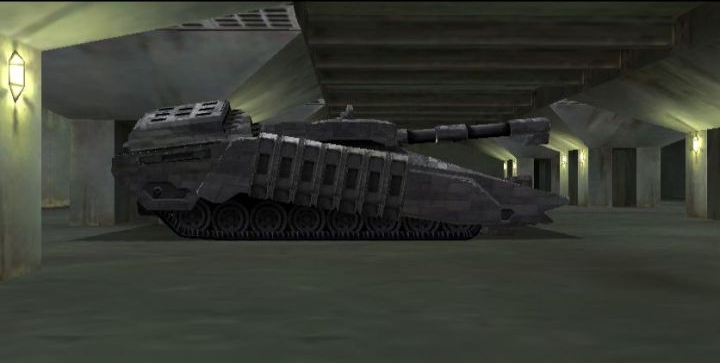
Well, tanks of today are very much not invincible. They are protected by various forms of composite armour (along with other countermeasures). Composite armour is, as the name suggests, a mixture of different materials to achieve an extremely high level of protection. Many MBTs today have protection levels equivalent to hundreds and hundreds of millimetres of rolled homogenous steel, with some coming close to a thousand (meaning the equivalent to one metre thick armour in a traditional armour configuration) Composites are made of things like metals, ceramics, and even plastics. This affords very good armour, but at a very high cost. It’s usually very expensive to make composite armour, so it tends to only go on valuable parts of a vehicle – places like the upper glacis and the mantlet.

So how does Platinum fit into all of this? As I do not know much about Platinum I decided to attempt some basic research. Platinum is a precious metal (rather obviously) which is rarer and more valuable than gold. But what about, say, hardness? According to the 007 Wiki, the Platinum Tank is “constructed entirely from Platinum”, so if Platinum is an unbelievably strong metal then the tank will be extremely well protected.
The problem is, well, that Platinum is not strong. Not at all. Rather handily, metals are graded in hardness on a “Moh” scale. In every graph I came across, Platinum sits at around 4.5-5, which as it happens is rather weak. Mostly of the information I found was on jewelery sites – the fact that Platinum is so widely considered for jewelry (ie its relatively malleable and looks nice) was my first warning that it would not be suitable for armouring a tank.

This is just one graph of many I found. They all tell the same story. While not on the level of gold for malleability, Platinum is certainly mong the weaker metals. It is also extremely heavy. While Steel weighs approximately 7.9 grams per cubic centimeter, Platinum weighs a whopping 21.4 grams per cubic centimeter. That’s practically three times as much weight for the same amount. This means that the Platinum tank’s armour is actually weaker than any tank that exists, while simultaneously being much, much heavier.
Then we have the question of cost. As of recently, Platinum was worth $31.44 per gram. Or $31,438.93 per kilogram. Let’s put that in perspective. The rather excellent British Challenger II, the MBT currently in service with the British Army, costs about £4.2 million pounds. It weighs 62.5 tonnes. If you were to acquire 62.5 tonnes of Platinum, it would cost you, well – when I put it into the calculator, this is what I got….
![]()
To me, that number looks like nearly two billion. And that’s just for one tank. Granted, the entire weight of the Challenger isn’t just its armour (but then again, Platinum weighs three times what steel does)
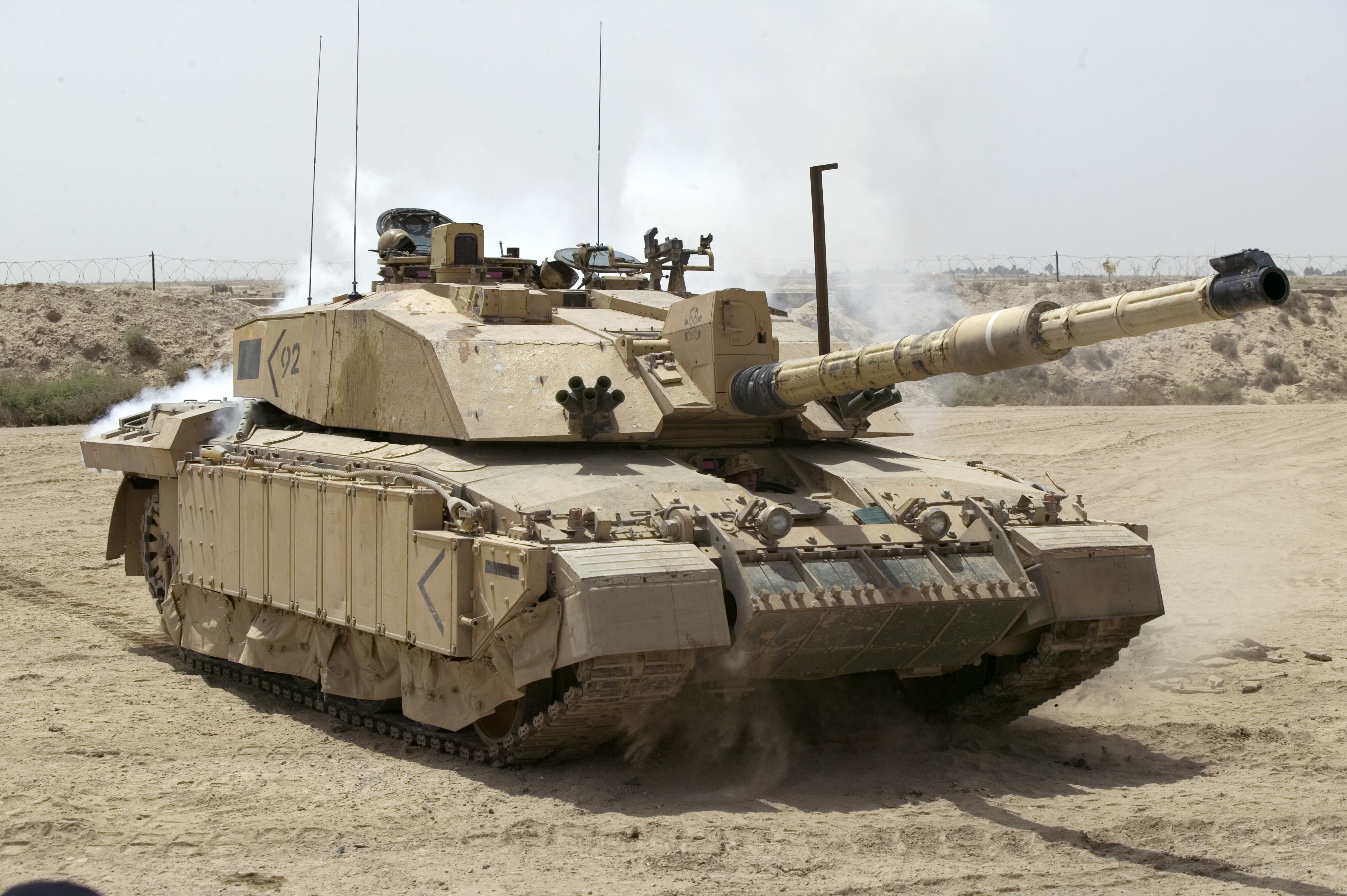
This means that, as it stands, you can get one thousand MBTs – MBTs that are up to date, and pretty good – for the price of a singular Platinum tank – and that’s before we’ve gotten into anyhing more than just armour.
Now, of course, you could dilute the cost by creating, say, a composite of Platinum- but I doubt that would negate the absurd cost. Composite armour is still, by its very nature, expensive. What’s more, it has already been explicity stated that the Platinum tank is comprised solely of Platinum.
Then, we have the weight. I’ve already mentioned that Platinum weighs three times more than steel – so how does that translate to the actual weight of the tank? The Platinum Tank’s profile, at a first glance, seems decent. From the front, at least. Towards the rear, however, the size of the tank starts to become apparent. You have the space at the rear deck for those rocket-pods, as well as the tank’s propulsion system. An MBT is expected to have good speed – and I will cover this in more detail later in the post – but a heavier tank will hinder this.
I thought I would try to figure out (roughly speaking, of course) in what region the Platinum Tank weighs. First, I would have to estimate the tank’s size.

Here is the size of a T-55 tank against a man. A relatively small tank, the T-55 has gained a reputation for being a cheap and relatively sturdy vehicle. It is the most produced tank in history for a reason.
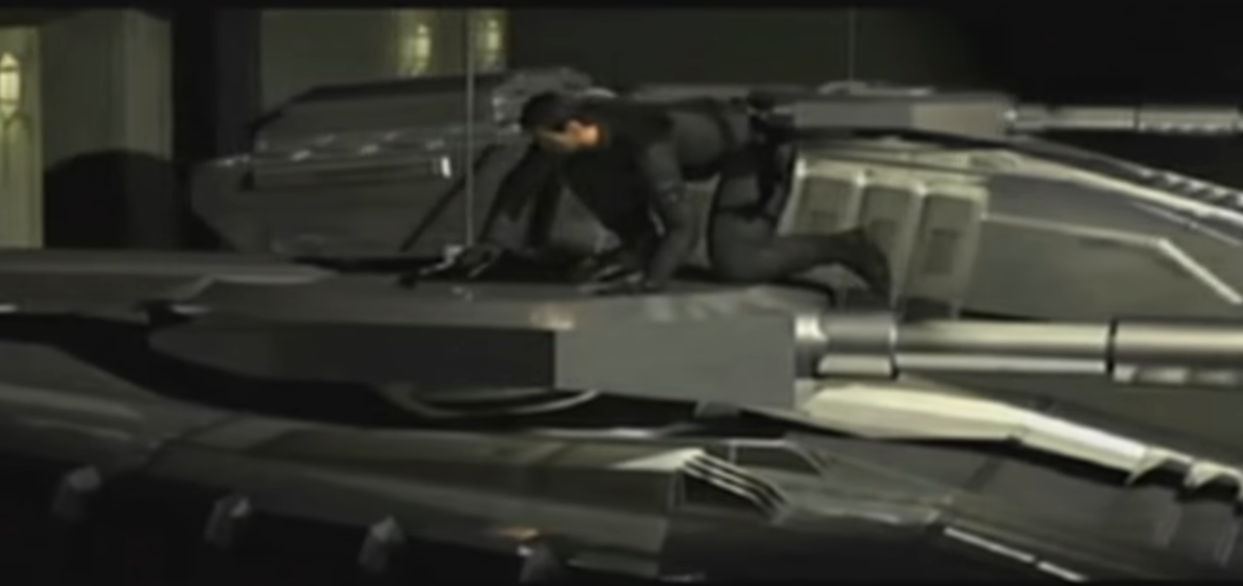
Next up, a shot of Bond on the top of a Platinum tank. Using his size, we may be able to hazard a guess at the dimensions of the tank. From that, we can work out the weight.
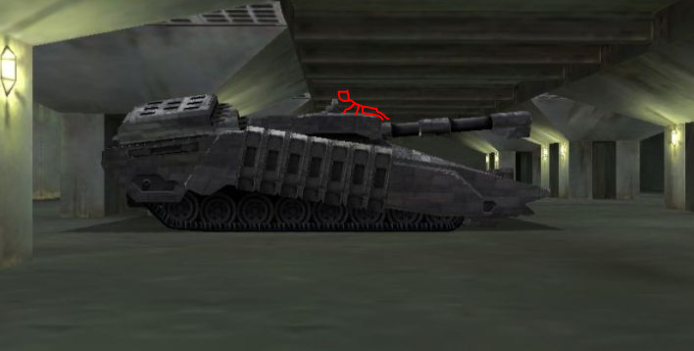
I’ve drawn a stick-man against this side-profile of the tank to illustrate roughly the size of Bond next to it. Let’s call him Peter. Peter is up there on top of the turret, trying to gain access to the tank’s controls. But we don’t want him there.

There. Now he’s standing next to the tank. James Bond is said to be six feet tall. Peter, like James Bond, is six feet tall. Unfortunately, that is the only characteristic he shares with the British agent. Now Peter’s standing next to the tank, we can see it is roughly 1.5x his height. So let’s say around 10 feet. The length? The length of the tank is equivalent to roughly five Peters. So about 30 feet. And the width?
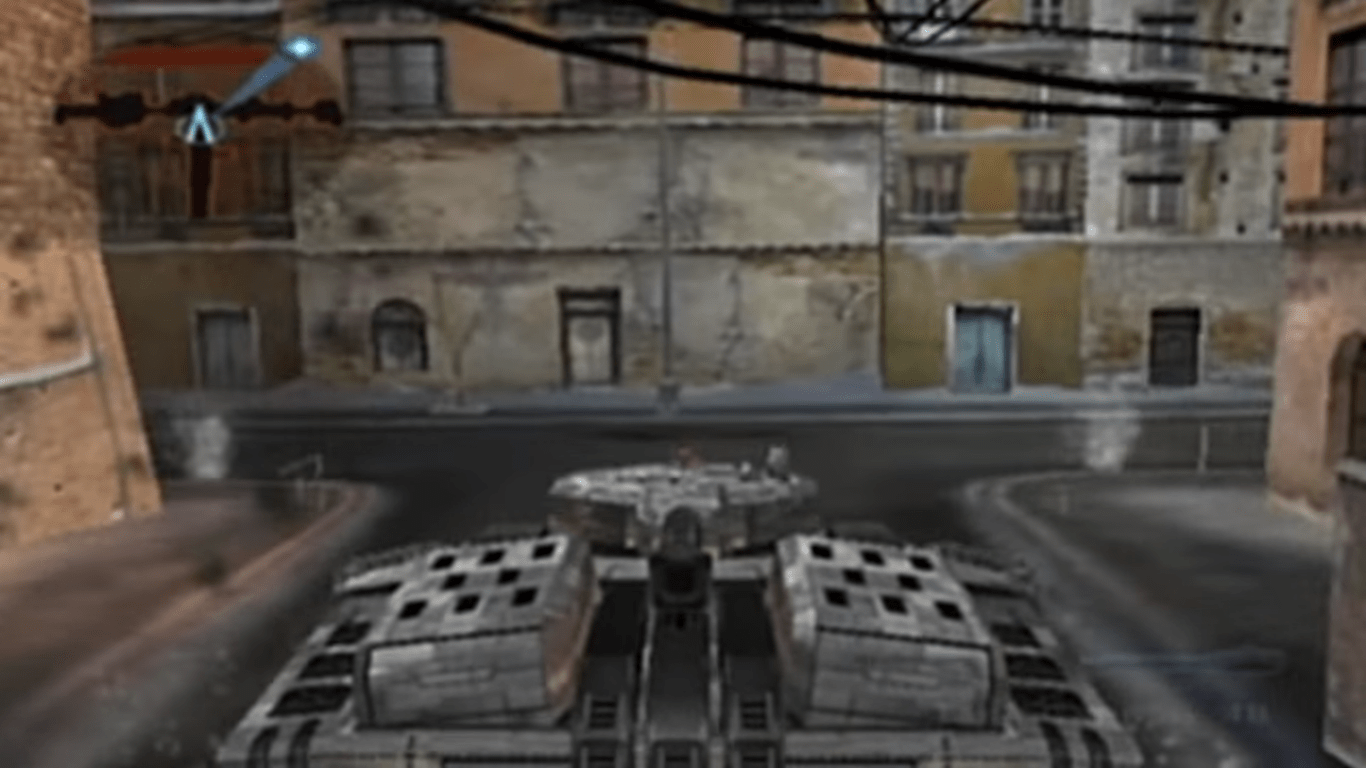
Here is the tank in-game. Unfortunately it is probably the best shot we get of the tank from the side. So let’s get Peter up on there and see how big it really is.
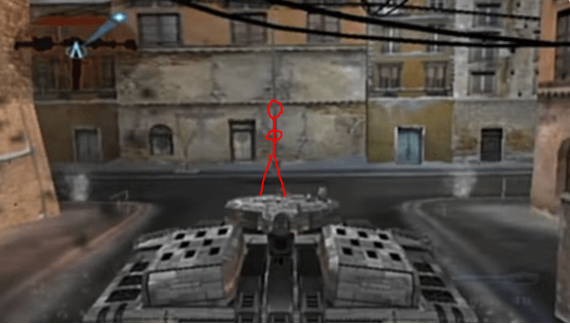
Using his delicate skills of balance, Peter made it atop the tank. Now we can see the tank’s width is around 2.25 Peters. Or, 13.5 feet. Excellent, we hvae some rough (and in many ways totally arbitrary) numbers. A quick conversion to Metric for the purpose of sums gives us:
W: 4.1m H: 3.05m L: 9.15m
Significantly larger than the average modern MBT.
Now, let’s work out the tank’s volume. The formula for this is simple:
width x height x length = 4.1 x 3.05 x 9.15
The answer is 114.42 cubic metres.
Now, earlier I mentioned that Platinum weighs about 21.4 grams per cubic centimeter. If we convert the 114.42 cubic meters to 11142 cubic centimeters, then mutltiple by 21.4, we may have the Platinum tank’s rough weight.
What we get from that is 238438.8. Let’s divide that by 1,000 to finally get our weight in kilograms.
238.43.
Wow. 238 tonnes. Of course, this is probably a bit higher than it should be, mainly because I calculated the weight of the tank as if it were a solid block of Platinum of roughly the same size. In reality, the tank is not a perfect cube – nor is it a full block. It requires space inside for the crew compartment. So I would suggest a weight in the region of 100-200 tonnes.
This is still a massive amount. Given that the Challenger 2 is 62.5 tonnes the M1 Abrams is about 60 tons, and the Israeli Merkava is 65 tonnes, the Platinum tank is at least double the weight – and absurdly more expensive. That weight would make the tank a nightmare in terms of reliability and maneuverability. Getting stuck and bogged down would be commonplace. Transporation would be harder. Fuel consumption would be higher. You get the idea – we’ve discussed why tanks being heavy is not good in previous FTA posts, so I will keep it brief on this point. That is not to mention how expensive a Platinum tank would be – more than it would be in any way logical to mass produce for an army – given that it is a thousand times more expensive than a regular modern MBT. These two factors alone basically negate the tank for any kind of real-life application.
How about the actual armour value of Platinum? We’ve already established that Platinum itself is incredibly weak and malleable – not dissimilar from gold – but it does have one specific characteristic. It is immune to corrosion. This makes sense in the context of the game from which it originates, because its primary weapons are nanomachines designed to devour and corrode metals. Thus the tank is immune to this. But at a cost of being utterly vulnerable, and having armour that may as well not be there. If a a human hand can mould Platinum with a few hits of a mallet, its safe to say that any kindd of projectile would defeat it. I suppose most projectiles would over-penetrate the armour and thus cause less damage – but still, I think the point still mostly stands.
Weapons/Firepower
I think that’s enough about protection. Let’s move on to the next part of the post. The Platinum tank’s weapons. I was able to gleam some information from the game itself. The 007 wikipedia lists the Platinum Tank’s armament as follows:

A primary large caliber weapon along with a secondary coaxially mounted machine-gun (along with perhaps some form of weapons mounted on the cupola) are more or less standard for modern MBTs. In-game, the nano-machine rocket pods do not have a specific amount, whereas the capacity for the tank’s main gun is 50 rounds. A fairly standard amount (if not a tidbit low).
Additionally, the tank possesses what appears to be a coaxially mounted plasma gun. While we do not have anything remotely similar to a plasma gun in reality, many countries are currently developing (behind closed doors of course) future-weapons called DEWs – directed energy weapons. Perhaps as early as 2025, real-life energy weapons could be possible. I did talk about DEWs a little bit in my post about future aircraft designs (which you can find here). Here’s a basic explanation from Wikipedia
![]()
Indeed, these weapons are still very much experimental (the concept of Railguns however is something you may have heard been tested on ships in the US and Chinese navies).
So at the moment of this post, a plasma cannon is most certainly unlikely. More plausible, as is mounted on most (if not all) MBTs these days is a coaxial machine gun of around 7.62mm caliber. Granted, this varies wildly from tank to tank.
The tank’s main gun is a “–mm rifled gun”. Interestingly, a point is made to mention the fact it’s rifled – I’ll get onto that in a second. First, what size is the Platinum tank’s gun? The standard for MBTs of the current day is around 120mm (at least in western tank designs).
But I think the Platinum tank’s gun is bigger. Just look at say, the Challenger II’s 120mm gun against the Platinum tank’s cannon. The latter’s is most certainly larger. But how much larger? Have a look at this image:
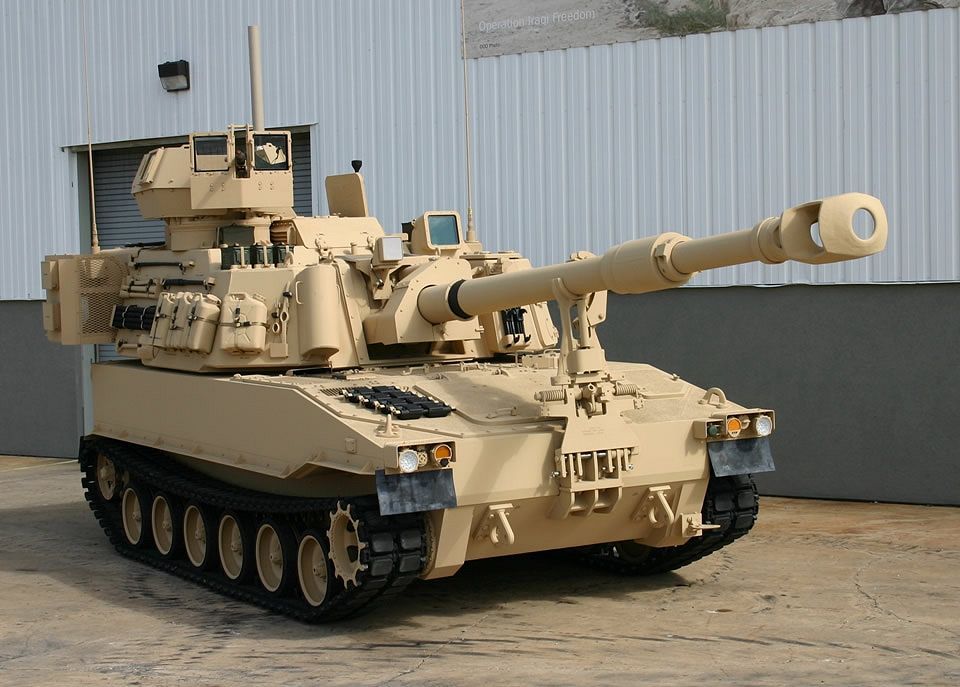
It’s an M109 Paladin. A vehicle that possesses a gun I believe to be much closer to that of the Platinum tank. The bracing in the middle of the barrel (this is a ‘bore excavator’, designed to trap gasses as the projectile leaves the barrel) is much more pronounced – just like in the Platinum. Plus, the caliber itself is bigger – 155mm in fact. This would make HEAT or other HE-based rounds extremely effective when used in the Platinum tank. It would also explain the 50 round capacity.
There is an issue, though. The Platinum’s barrel is rifled. These days, many MBTs make use of smoothbore guns as they suit the more advanced AT rounds available to us today – HESH, HEAT, that sort of thing. A rifled gun is, while cheaper, not really made for these types of ammunition. It is not necessarily worse, just…different. Rifled barrels are cheaper, and suit solid shot AP rounds, like APFSDS and the like. So what you have with the Platinum is a tank designed to fight other tanks. This makes sense for an MBT, one of whose jobs it is to counter the enemy’s tanks. In the game, the Platinum is used pretty much solely to fight other Platinum tanks. In reality, that would probably be all it is good for.

Finally, we have these rear-mounted nano-shell launcher thing. Basically, it has rocket pods on the back that fire metal-eating bugs. Given that energy weapons are close to being reality, can the same be said for nanomachines?
Well, the concept of a nanomachine – that is, a tiny robot at the scale of a nanometer, are in the extreme experimental phase. I cannot imagine we will be seeing them any time soon. Not within 10 years of this post, at least.
So regular rocket-pods would be much more adequate for the Platinum Tank, mounted on the rear engine deck. This of course raises many questions. Where are these rockets stored? Does the weapon system interfere with the ventilation of the tank’s engine? (Tank engines get very, very hot!) And what exactly would the purpose of these rockets be?
Basically, this concept is most certainly far more trouble than its worth. It would be far better to use a vehicle which specialises in weapons like rocket pods (like the attack helicopter or IFV) instead of trying to mount them on a tank. I could mention the prospect of a trophy system (that is, a defensive system mounted on tanks designed to destroy projectiles before they hit it) and that may be a valid point. But actual rocket pods? Firing what I assume to be heat-seeking missiles? That is a little too far fetched. The Platinum already has a lot going for it in terms of weight and cost, so why inflate that with more things that another vehicle in support of the tank could use much more effectively?
So yeah, the weapons (those that exist in our world) are a bit hit-and-miss. Let’s move on.
Mobility/Crew
In-game, the Platinum tank is somewhat spritely. Matching, I would say, the average modern MBT. The Israeli Merkava can reach 64 km/h (about 40mph) on road, and about 55 kph (about 34mph) off-road, and these numbers are what I expect the designers o the Platinum Tank intended for their vehicle.
In reality, however, the weight we calculated earlier would render the Platinum tank practically unnmoveable. At 100-200 tonnes, the Platinum Tank is on par with the heaviest tank ever made, the German Maus.
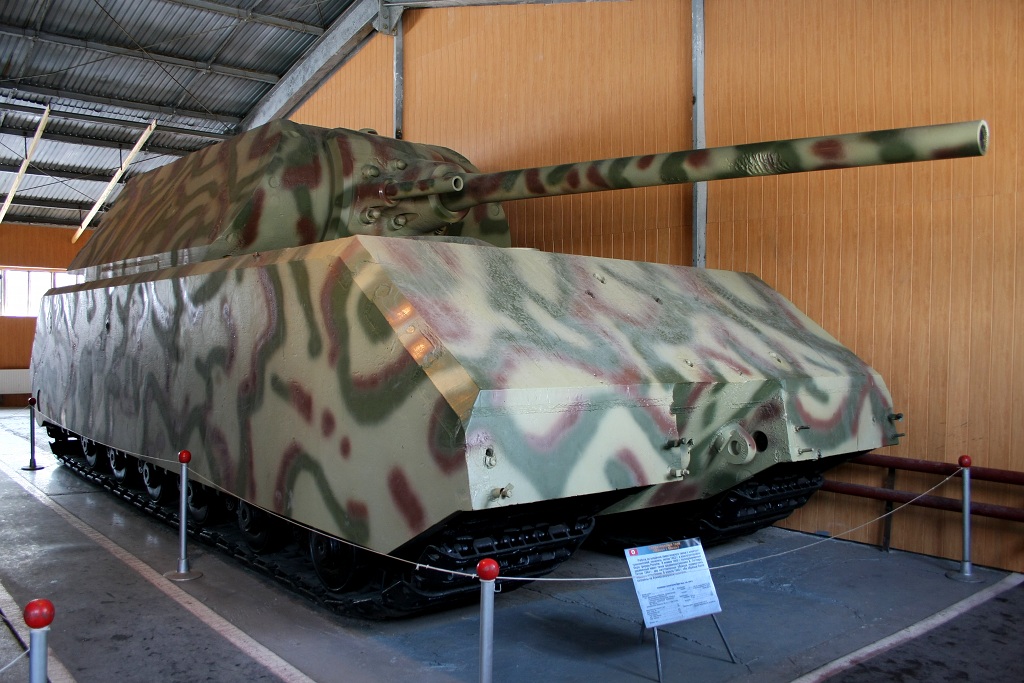
I’ve talked about the Maus before in previous FTA posts, mainly using it as an example as to why with tanks, bigger is not better. This is true, therefore, with the Platinum tank. Such an extreme weight means a plethora of problems before you even meet the enemy. First and foremost, is the slow speed. This, paired with the Platinum tank’s slightly larger-than-average silhouette, would make it a prime target during a battle. It would be far slower (practically crawling along the battlefield) with armour that is akin to wet tissue paper than actual substantial protection. Barely crawling across the battlefield, the Platinum tank would be a prime target for fast moving tank destroyers or light armoured vehicles. I do not need to say much more than that, I think. Big weight + no armour + no speed = vulnerable, easy to destroy tank. Even a dedicated soldier could have a fair go at destroying this thing.
Something I have not yet mentioned in this post is crew. Crew is an important aspect of any tank design, because without someone to operate your vehicle, its effectiveness will be certainly compromised.
Much like Halo’s M808 Scorpion (FTA post on that tank here), it appears that the Platinum Tank has only one crew member.
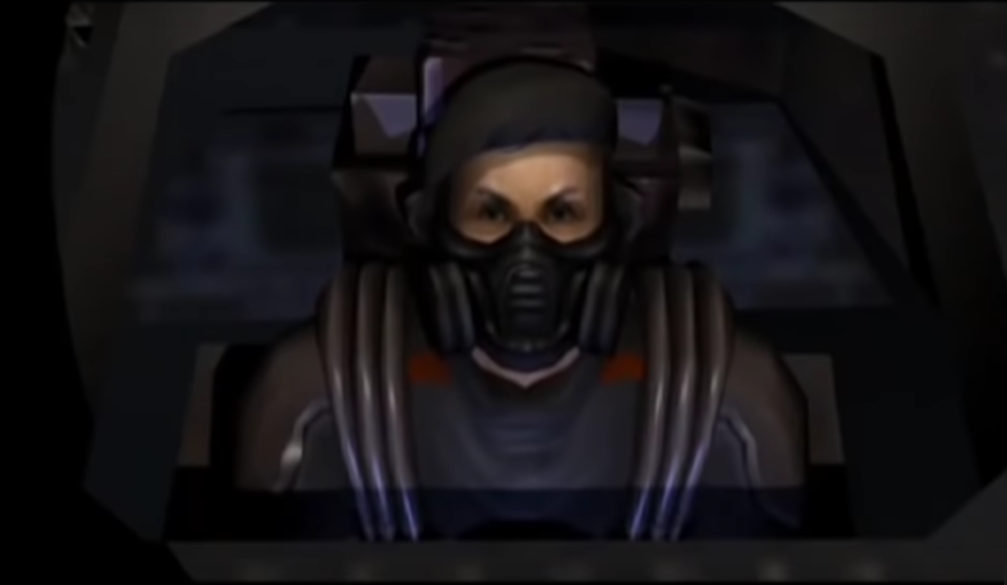
This means that either A- the entire tank can be controlled by one man (which seems like a recipe for disaster) or that other elements have been automated. The good news is that the tank’s sole crewman is situated where the commander would be, meaning he probably has a decent view all around him. The bad news is that I cannot see a single viewport on the tank. Perhaps there are cameras that I cannot see allowing the crwman to see clearly (on 5th gen aircraft, cameras are linked with the pilot’s interface to give him a full 360 view, without the aircraft blocking the way). So this would be expensive, but possible. Additionally, the controls must be intuitive if Bond is able to pick them up quickly (granted, he can drive a tank anyway, as he did in the Goldeneye film).
As there is only one man, only one escape route is necessary. And this is good – Bond is able to drag the tanker out with relative ease, suggesting that the route is in fact decent, and easy to escape from. This saves lives when, if the tank is disabled, there are only seconds to react.
What about the problems with having but a single crewman, and everything else automated? The real life T-14 Armata operates on a similar method, with only three men. The problems with the Armata are mainly its cost – Russia originally intended to acquire 2,300 of them before 2020. This has been since delayed due to fiscal shortfalls and production problems. As it stands, Russia has only around 50 or so of these vehicles. This is due to the complicated nature of the automated gun control and how costly the tank is. And what about the reliability of the technology? How often would it break down and need to be fixed or replaced? How hard would it be to even consider fixing it? These are all questions that are raised, questions that would be shared with the Platinum tank as well.
Of course, (as a side-note) the Platinum Tank is a video-game vehicle, and thus it requires to be operated by one person- the player. It is similar to the M808 Scorpion, in that regard.
In all, the Platinum tank would probably fare the worst out of all the designs I have covered in my series. The reason is singular – platinum. I could not think of a worse material to use in a tank. You hear about billionaires who have gold-plated jets and the like – for pure vanity – there is a reason gold and platinum vehicles don’t exist in real life. The metals are dense (meaning much more weight) and they are extremely malleable. They are ideal for jewelry and things for show. Not a rugged, robust military vehicle. As I covered, a tank made in Platinum would weigh in excess of 100 tonnes. This is not acceptable. This would mean that the tank is practically unable to move for the weight, and, paired with the lack of armour, an extremely inviting target. Even if the tank’s armour configuration is decent, its larger-than average profile also backs up the notion that in a battle, the Platinum tank would be the first things to be knocked out. Would the tank even be able to support its own weight? 100 tonnes of Platinum is alot, and given the metal is somewhat malleable, it may not even be able to do that – let alone stop an incoming projectile.
The weaponry is probably the most standard part of the tank (if we matched them as closely to what we have in reality). Rear-mounted rocket-pods are a bit extravagant, but the main gun and coaxial weapons are acceptable – mainly because they emulate traditional MBT designs.
So yeah, the Platinum renders the tank beyond useless. But, as I usually note at the end of the posts, the Platinum tank is a fantasy vehicle. It does not operate on our laws of physics. Might I also remind you that this is a James Bond game, where extravagant plots of world-conquest and over-the-top weapons are the norm. In the world of Bond, the Platinum armour is invincible. It is not heavy. And, above all, it actually looks pretty cool. It shines and sparkles as it moves, the platinum metal catching the sun. Along with the futuristic weapons make it one of my favourite missions in 007: Everything or Nothing.
From a gameplay perspective, the tank is excellent. In real life, no. It’s not.
Thank you for reading this edition of Fantasy Tanks Analysed! Hope you enjoyed it. If you have an idea of what tank I should cover next, or think I missed something/should add something to the post, let me know. The next FTA post will be a revisitation of a previous vehicle I covered, but with a plethora of new information. See you then,
LCR
Read the next post here.
